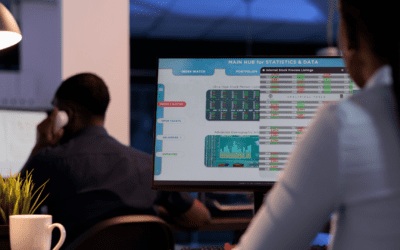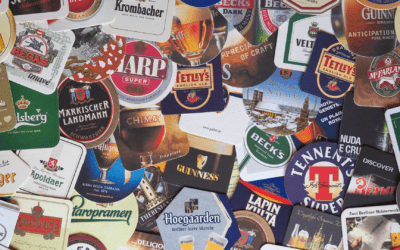Market researches always were a crucial tool for achieving optimal business performance. This is not going to change: understanding and studying the market in terms of competitors and customer behaviors, desires, preferences, and attitudes are essential conditions for designing either effective brand and product strategies and tactics, whether they are proactive or reactive. Approaches, techniques and tools have remained substantially unchanged over the decades, offering good results and supporting the development of successful brands and products.
However, the revolution of big data and artificial intelligence has recently opened up new, and extraordinary, possibilities in this field as well.
Traditional Market Research
The traditional structure of market research is based on two levels of investigation to be conducted in sequence. This is aimed to provide the best possible results the approach can supply.
- Qualitative investigation step
- Quantitative investigation step
The qualitative step is mainly heuristic and aims to highlight the most relevant phenomena and variables (attitudes, desires, preferences, and values). It can be carried out through:
- Focus groups
- In-depth, unstructured individual interviews
In both cases, cognitive science experts have to be entrusted to manage the interviews. The quantitative step, on the other hand, is aimed to provide an estimation of the actual weight and frequency of the relevant elements that emerged during the previous step.
It is carried out through many structured individual interviews that, depending on the goals and level of depth of the research, can vary from a few hundred to several thousand.
The interviews can be administered:
- In-person
- Over the phone
- Via the internet
The critical issues of the traditional approach
Both the qualitative and quantitative steps have some weaknesses that are inherent in their basic structure and execution methods. These have been explored in depth in this article.
However, beyond the more specific difficulties, we need to take into consideration that two fundamental critical points come with the two-level approach:
Time
Getting to read the desired managerial report, is not that quick and simple: it comes at the end of a long working stream, that has to go through many steps:
Qualitative step:
- Setup
- Execution
- Analysis
Quantitative step:
- Questionnaire design
- Sample design and recruitment
- Execution
- Analysis
This kind of process, when executed at high-quality levels, typically requires months of work. Therefore, these are not research projects that can be conducted continuously, but rather in-depth one-time analyses.
The information collected as a result, while reasonably accurate, is not fresh at the moment of presentation and inevitably undergoes rapid ageing.
Cost
The cost of conducting extensive research, such as those related to brands’ health status, image, and positioning, requires investment levels ranging in tens of thousands of euros.
The Disruption
The explosion of the internet has created a digital square where people talk, interact and share experiences, aspirations, evaluations and ideas. Therefore, we can say that the information we seek through market research is already at our disposal.
The critical aspect lies in the amount of information to collect, understand, and synthesize: just to get a rough idea, we can point out that every day more than 4 billion people connect to the internet, uploading about 7,500 terabytes of new data online.
However, the development of Data Analysis technologies and Artificial Intelligence has provided the tools to manage this complexity, allowing the development of RTBH.ai (Real Time Brand Health): a new powerful tool that gets over the limits of the two-tier approach while offering speed, completeness of information, and scientific rigour.
RTBH.ai reads, interprets and catalogs millions of posts, articles, opinions, and discussions in real-time, generating comprehensive summary reports and providing fresh and actionable information.
RTBH.ai
RTBH.ai is built around its proprietary artificial intelligence algorithm, developed and constantly refined in collaboration with some of the world’s top universities. Its uniqueness lies in combining in a single tool:
- Artificial intelligence
- Machine learning
- Cognitive sciences
- Data Science
- Social network analysis
RTBH.ai scientifically and precisely measures the health status of any brand and its competitors, thanks to the proprietary synthesis indicator “Brand Health”.
It evaluates sentiment, awarded values, positioning, threats and opportunities. It scientifically detects the sales funnel’s performance and presents data in a clear, numerical, and rigorous manner.
The data is always presented with input from RTBH.ai‘s team of specialists.
The reporter
RTBH.ai changes the paradigm of brand analysis and overcomes the critical points of the two-stage approach, because:
- It does not require long setup processes
- Thanks to its proprietary cognitive science-trained Artificial Intelligence engine it can evaluate even qualitative elements
RTBH.ai detects data in real time and presents reports on a flexible schedule.
Companies that use it can have continuous, quantitative, and comprehensive monitoring of their brand health and can make both strategic decisions while evaluating their effects over time, and tactical and reactive decisions.
We like to imagine RTBH.ai as a reporter: always on the field, always active and ready to detect, interpret, and transmit any useful news.



